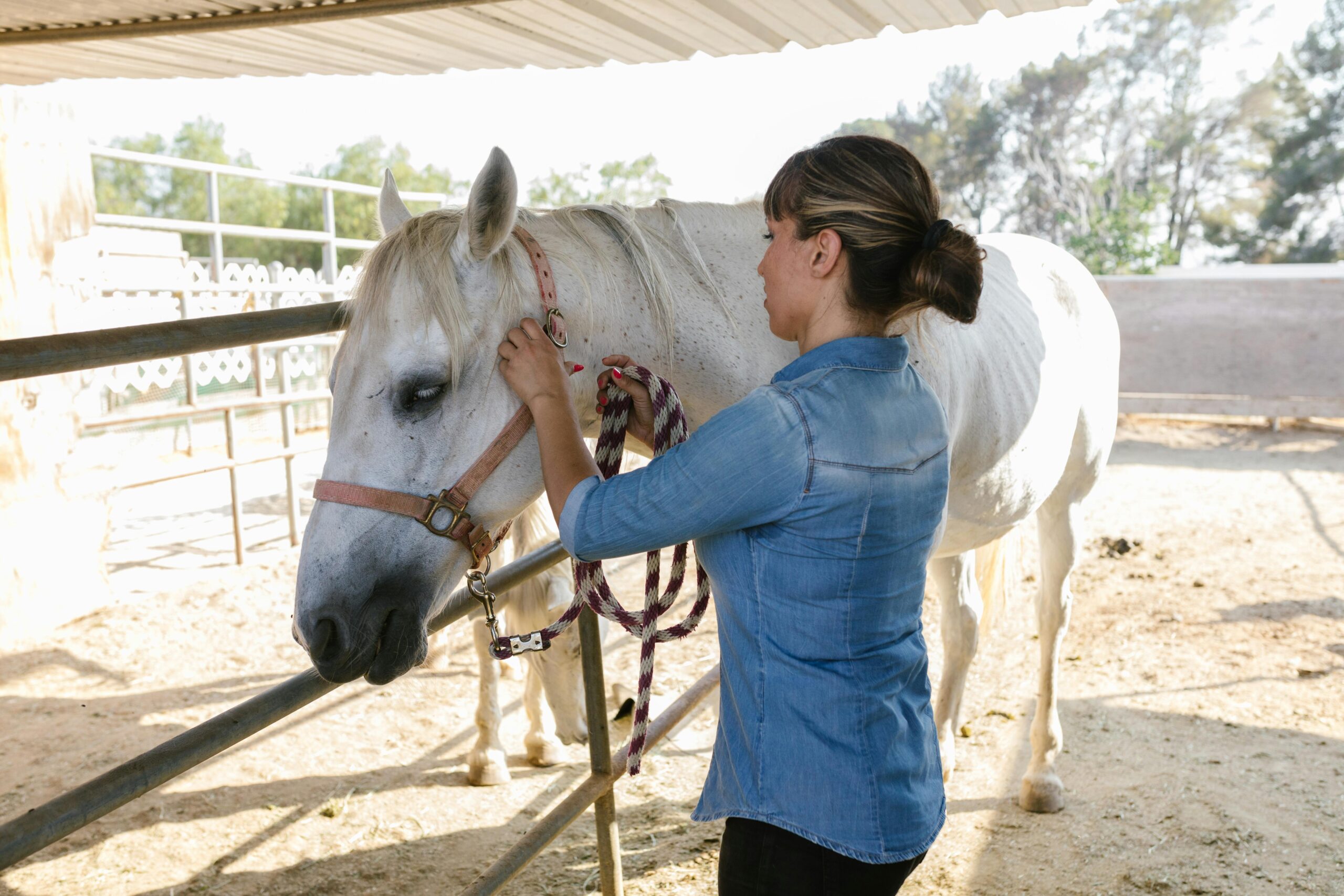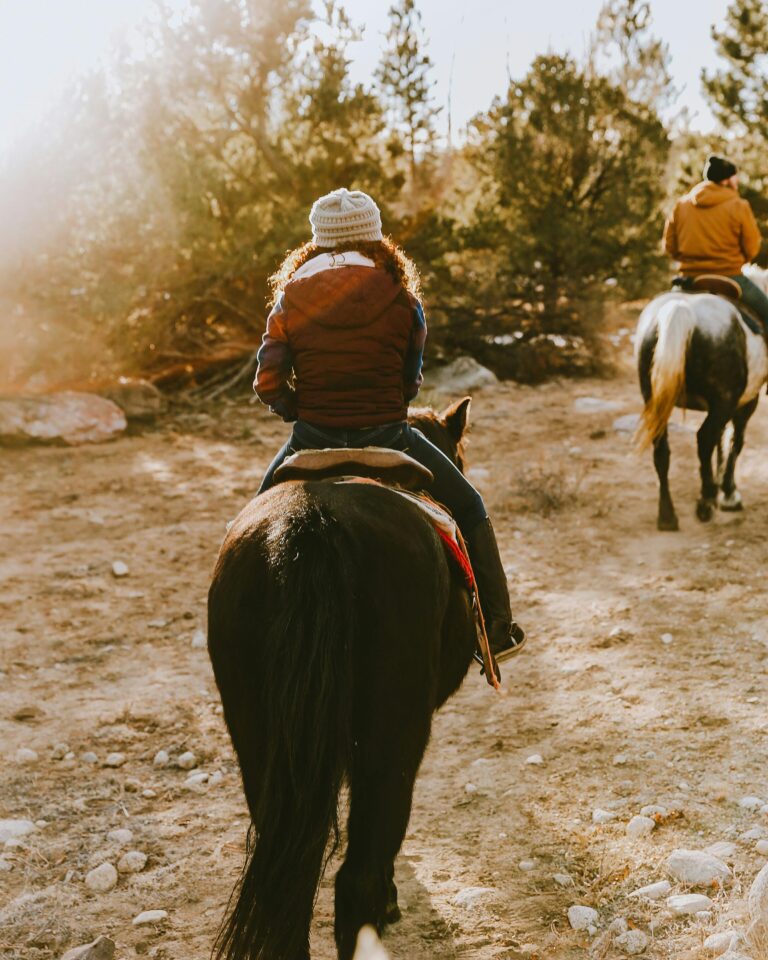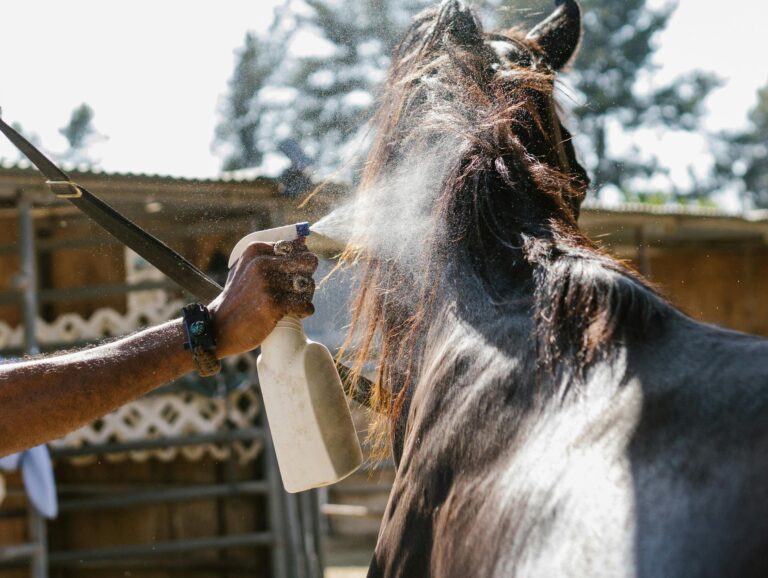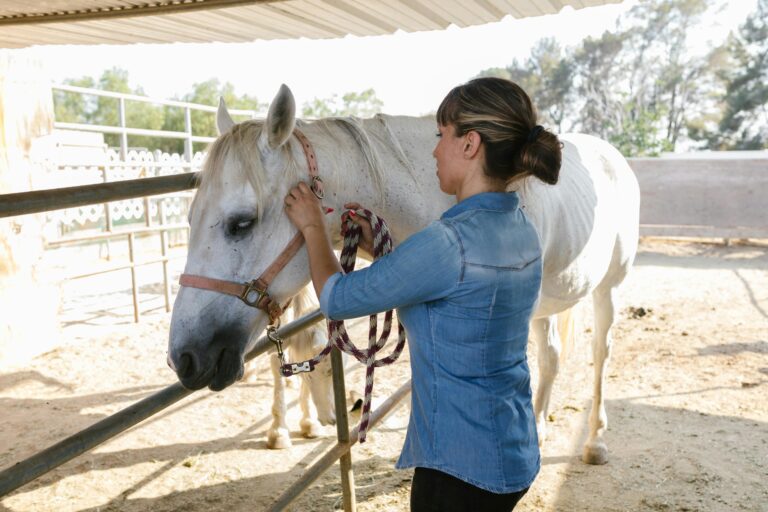Groundwork is one of the most important yet often overlooked aspects of horse training. Before a rider ever climbs into the saddle, a horse should understand basic commands, respect personal space, and respond calmly to guidance from the ground. Groundwork lays the foundation for trust, leadership, and effective communication, regardless of your riding discipline or goals.
Why Groundwork Matters
Working with a horse on the ground helps establish boundaries and mutual respect. It teaches your horse to read your body language, listen to cues, and build confidence in a variety of situations. Groundwork also gives you the chance to assess how your horse learns, reacts, and processes information, which can guide how you train under saddle.
For young or green horses, groundwork provides essential early lessons. For seasoned horses, it offers a way to reinforce manners, address problem behaviors, or refresh skills after time off.
Basic Tools and Safe Setup
To get started, you need a halter, a long lead rope (12 to 14 feet), and a safe enclosed area like a round pen or arena. Some handlers prefer a flag, stick, or lunge whip to extend their reach, but your voice, posture, and timing are the most effective tools of all.
Always begin with a calm, respectful approach. Avoid jerking on the lead or using excessive pressure. The goal is to communicate clearly, not overpower.
Core Groundwork Exercises
Leading and Stopping
Your horse should walk beside you, not lag behind or rush ahead. Practice walking with your horse on a loose lead, stopping and starting frequently. Your horse should stop when you do, without crowding or dragging.
Backing Up
Backing teaches respect for your personal space and helps your horse engage their body. Use a gentle wiggle of the lead rope, a verbal cue, or pressure from your hand on the chest. Consistency is key.
Yielding the Hindquarters and Forequarters
Teaching your horse to move away from pressure builds responsiveness. Stand at your horse’s side and apply pressure behind the girth to ask the hindquarters to swing away. Then ask the forehand to move by applying pressure near the shoulder or using a cue with your lead rope.
Lunging with Purpose
Lunging is more than just trotting in circles. Use it to teach transitions, direction changes, and voice commands. Focus on keeping your horse’s attention on you, asking for engagement and bend, not just movement.
Reading Your Horse’s Responses
Watch for signs of relaxation such as licking lips, lowering the head, or blinking. These show that your horse is processing and accepting what you are asking. If your horse becomes anxious or resistant, take a step back and simplify the task.
Conclusion
Groundwork is not just for young or problem horses—it is a lifelong tool for building communication and reinforcing good behavior. By dedicating time on the ground, you set the stage for safer, more successful experiences in the saddle. A horse that respects you on the ground will be more willing, responsive, and confident under saddle.




